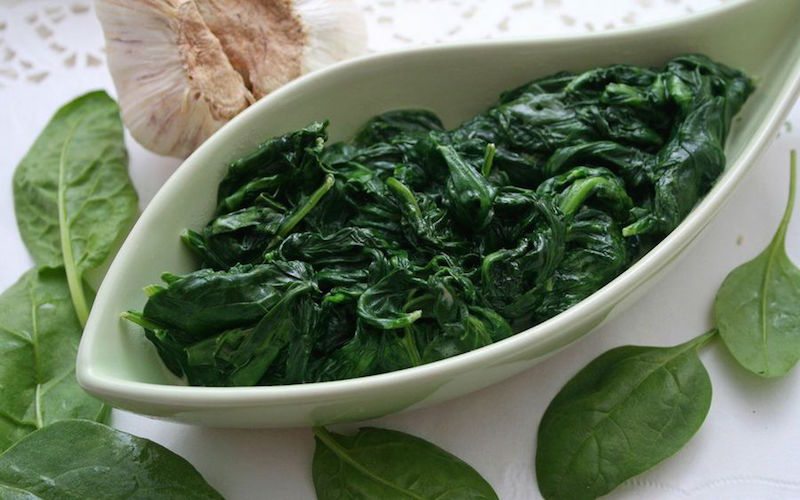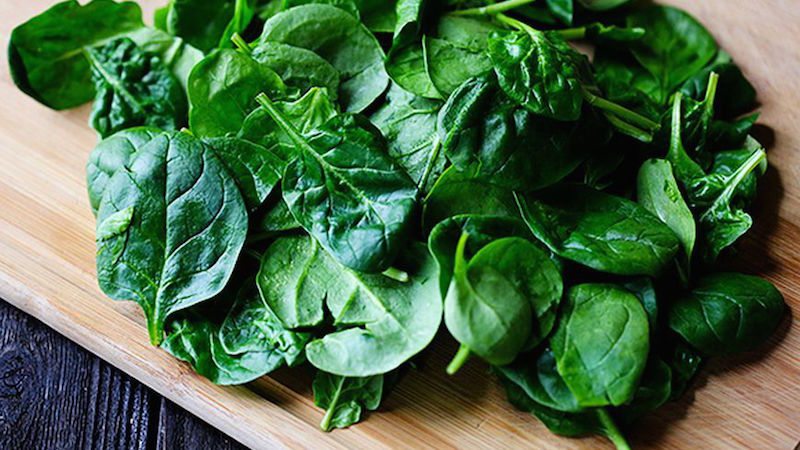Spinach
Episode #7 of the course “Superfoods you should know about”
A green leafy vegetable often associated with the cartoon classic Popeye, spinach is indeed a wonderful plant that can affect lifelong health and improve many bodily functions. It is high in essential nutrients, vitamins, iron, calcium, and fiber, and can be served raw or cooked by sautéing, boiling, or adding into baked goods.
The vegetable is best consumed fresh, soon after it’s picked, although it lasts longer with refrigeration and can be frozen. Luckily, spinach can last up to eight months frozen, but unluckily, it does lose a large portion of its nutrients this way. It is a “delicate” leaf, which means that it softens with heat, and it’s often served in stir fry, soups, and sauces when cooked.

Spinach has long been a commonly-used leafy green and appears in many dishes around the world, often raw. No one knows exactly where people first started using spinach, but it is thought that this ancient plant perhaps has its origins somewhere in the Middle East before spinach spread through India, China, and the rest of Asia. It became highly popular in Europe because it sprouts in the early spring, when there are not many other vegetables available.
There are many varieties of spinach, but no matter which kind you choose, scientific studies are showing that the darker the leaves, the healthier the plant is for you. A rich emerald or deep green spinach plant can have some of the highest concentrations of iron and fiber, as well as vitamins B, C, E, and K. This intensifies the nutrients that boost the immune system. It promotes heart and cardiovascular health, digestive function, and bone and joint health. Studies are now beginning to show that including spinach as a regular part of a healthy diet can help prevent or fight cancer cells.
Recommended book
“Superfoods: The Food and Medicine of the Future” by David Wolfe
Share with friends

